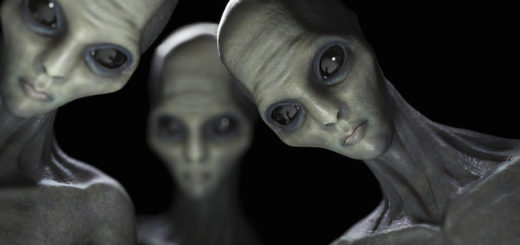Tens of Thousands Of Black Holes Exist In Milky Way’s Center
A dozen black holes gathered around Sagittarius A* (Sgr A*), the supermassive black hole in the center of the Milky Way Galaxy have been detected by New York’s Columbia University astrophysicists.

Columbia astrophysicists have discovered 12 black hole-low mass binaries orbiting Sgr A* at the center of the Milky Way galaxy. Their existence suggests there are likely about 10,000 black holes within just three light years of the Galactic Center
“Everything you’d ever want to learn about the way big black holes interact with little black holes, you can learn by studying this distribution,” said Columbia Astrophysicist Chuck Hailey, co-director of the Columbia Astrophysics Lab and lead author on the study.
The discovery is important because for more than two decades, researchers have searched unsuccessfully for evidence to support a theory that thousands of black holes surround supermassive black holes (SMBHs) at the center of large galaxies.
“There are only about five dozen known black holes in the entire galaxy — 100,000 light years wide — and there are supposed to be 10,000 to 20,000 of these things in a region just six light years wide that no one has been able to find,” Hailey said.
Hailey’s team worked with data from the Chandra X-ray Observatory and searched for X-ray signatures of black hole-low mass binaries in their inactive state and were able to find 12 within three light years, of Sgr A*.
The researchers then analyzed the properties and spatial distribution of the identified binary systems and extrapolated from their observations that there must be anywhere from 300 to 500 black hole-low mass binaries and about 10,000 isolated black holes in the area surrounding Sgr A*.
“This finding confirms a major theory and the implications are many,” Hailey said. “It is going to significantly advance gravitational wave research because knowing the number of black holes in the center of a typical galaxy can help in better predicting how many gravitational wave events may be associated with them. All the information astrophysicists need is at the center of the galaxy.”



 Creators of mankind
Creators of mankind Description of “Tall white aliens”
Description of “Tall white aliens” Where they came from?
Where they came from? About hostile civilizations
About hostile civilizations The war for the Earth
The war for the Earth “Tall white aliens” about eternal life
“Tall white aliens” about eternal life Video: “Nordic aliens”
Video: “Nordic aliens” Aliens
Aliens Alien encounters
Alien encounters The aliens base
The aliens base UFO
UFO Technology UFO
Technology UFO Underground civilization
Underground civilization Ancient alien artifacts
Ancient alien artifacts Military and UFO
Military and UFO Mysteries and hypotheses
Mysteries and hypotheses Scientific facts
Scientific facts


















